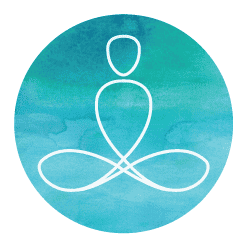Acupuncture and dry needling are both techniques that involve the insertion of thin needles into the body for therapeutic purposes, difference lies in the underlying philosophies, applications, and the contexts in which they are practiced.
Acupuncture: Acupuncture is a traditional Chinese medicine (TCM) practice that has been used for thousands of years. It is based on the concept of balancing the flow of Qi, which is believed to be the vital energy that flows through pathways known as meridians in the body. According to TCM, illness and discomfort arise when the flow of Qi is disrupted or blocked. Acupuncture aims to restore the balance of Qi by inserting needles at specific points along the meridians.
Acupuncturists have a minimum of a 4 year degree in order to have a deep understanding and skill in administrating acupuncture. Acupuncture addresses the whole person rather than a specific condition.
- Traditional Chinese Medicine: Acupuncture is deeply rooted in the philosophy and principles of traditional Chinese medicine, which includes concepts like Yin and Yang, meridians, and the five elements.
- Holistic Approach: TCM practitioners view the body as a whole, and the placement of acupuncture needles is determined by the patient’s specific patterns of disharmony.
- Qi Flow: Acupuncture seeks to regulate the flow of Qi, promoting health and alleviating various conditions like pain, digestive issues, stress, and more.
- Diverse Techniques: Acupuncture may involve various techniques, including manual needle manipulation, moxibustion (burning of an herb near the skin), cupping, and herbal remedies.
Dry Needling: Dry needling has emerged from Western medicine and is primarily used by other healthcare professionals to treat musculoskeletal pain and dysfunction. Unlike acupuncture, dry needling is not based on traditional Chinese medicine concepts such as meridians and Qi flow. Instead, it focuses on addressing trigger points (also known as myofascial trigger points) that are tight bands of muscle fibers causing pain and discomfort.
- Musculoskeletal Approach: Dry needling primarily targets muscles, tendons, and connective tissues to release tension and alleviate pain caused by muscle knots or trigger points.
- Physiological Mechanism: The goal of dry needling is to stimulate local tissue healing and improve blood circulation, leading to the relaxation of tight muscles and reduced pain.
- Evidence-Based Practice: Dry needling is often based on current scientific research and anatomy. Practitioners use their knowledge of muscle anatomy to target specific trigger points.
- Localised Treatment: Needles are inserted into specific trigger points or tight muscle bands, and practitioners may use various techniques like “pistoning” (gentle up-and-down movement) or “twitch response” (brief muscle contraction in response to needling) to achieve therapeutic effects.
*Disclaimer – It’s important to consult with qualified practitioners to determine which approach may be more suitable for your specific needs and preferences.
